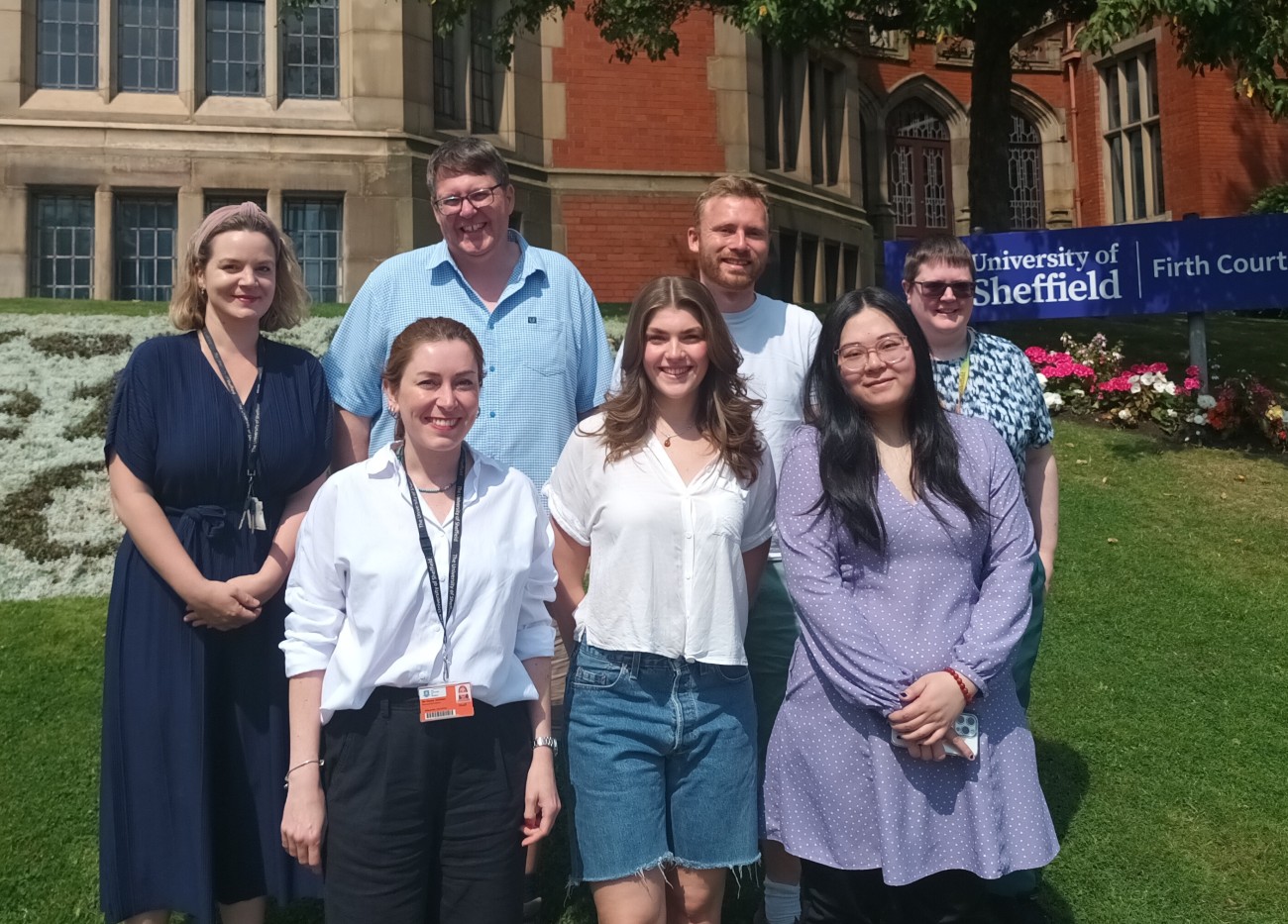Pharmaceutical toxin safety tests without severe suffering
The research team of Professors Bazbek Davletov and Andrew Peden, long-term collaborators at the University of Sheffield, have developed in vitro, cell-based assays for replacing animal testing in the manufacture of clostridial toxin-based medical products. To date, the team has developed and extensively characterised an assay which can detect the activity of Botulinum B. This has potential to replace mice in batch release potency testing of Botulinum B products as well as in quality control testing for Botulinum B antitoxin.
The Sheffield team under Andrew Peden and including key researcher Ciara Doran, have now recently been awarded NC3Rs funding to optimise their Tetanus toxin detection assay for use by vaccine manufacturers. The award will also fund an international study to test the suitability of the technology to replace the specific toxicity guinea pig and mouse assay used in the production of tetanus vaccine, a WHO essential global medicine. These projects were run in collaboration with the UK Medicines and Healthcare products Regulatory Agency (MHRA), whose scientists have extensive experience in developing and performing analytical methods used for safety and potency testing of vaccines, therapeutic toxins and other biologicals.
Clostridium toxins in human and animal health
Clostridium toxins are among the most potent toxins in existence and cause potentially fatal paralytic conditions. These include C. botulinum and C. tetani that are responsible for botulism and tetanus infections respectively. In controlled conditions, Botulinum toxins have a wide range of medical and aesthetic applications, for example they can be used in the treatment of spasticity, and hypersalivation which affects patients in a range of neurological disorders. Each batch of pharmaceutical toxin must undergo a series of potency, quality and safety testing by manufacturers, prior to being released for use in the clinic. This includes the mouse LD50 lethality biological assay. Tetanus toxin is chemically converted to Tetanus toxoid which forms the basis of tetanus vaccine. As a WHO essential global medicine, tetanus vaccine forms part of the backbone of immunisation schedules across the globe with 84% of infants today receiving at least three doses. Vaccination is also required in animals.
Replicating a multi-step sequence in cells
Clostridium toxins specifically target neurons by a unique mechanism which involves three key steps from receptor binding, internalisation and cleavage of the target protein. A non-animal replacement assay where all steps of intoxication can be replicated has the potential to become a new global gold standard for safety testing of tetanus vaccines. The minimum biological unit that could reproduce all steps is a cell. However, most neuron-like cell lines are not sensitive to tetanus or botulinum toxins. One factor is that these cells do not express sufficient levels of cell surface proteins and sugars the toxins require to bind. While stem cells or primary cells could be used to make neurons, these approaches have significant barriers to uptake as they are technically challenging, expensive, time consuming and may still require animals. The Sheffield team identified human neuroblastoma cell lines that could bind and take up toxins efficiently when exposed to an optimised chemical cocktail. To ensure cell lines could replicate the entire intoxication process, the team genetically engineered the cells to produce the final target membrane protein of the toxins – VAMP2. To make detection easier the VAMP2 in these cells also carries a luminescent tag. Using these cells, the teams were able to develop ELISA immunoassays that were sensitive to BoNT serotype B or tetanus, the first time cell-based assays were available to test these toxin types.

Ensuring lasting impact in industry
Production of medicines and medical products such as vaccines are held to a set of quality standards termed the Good Manufacturing Practice (GMP) regulations. To standardise the BoNT/B immunoassay according to GMP standards so that the assays would be taken up in industry, the team at Sheffield was awarded a second NC3Rs Project grant to generate a new antibody for the immunoassay that is monoclonal, rather than polyclonal, to help ensure the reproducibility and sustainability of the assay. The panel of monoclonal antibodies generated in this study are very unique and allow the activity of the toxin to be precisely and quantitatively measured. Using these antibodies, the BoNT/B immunoassay has shown to be ten times more sensitive to BoNT/B toxins than in vivo testing. The team have initiated collaborations with botulinum manufacturers as well as veterinary and human manufacturers of tetanus vaccine, to distribute the assay within industry.
Increasing sensitivity to tetanus
While the original cell lines developed were capable of binding both BoNT/B and tetanus, the assay was not as sensitive to tetanus as was needed to replace animal assays. Humans, and some animals, can be much more sensitive to tetanus toxin levels than cell lines are able to detect (up to 1000 times less in the cell lines).
The team at Sheffield have developed several neuroblastoma cell lines under growth conditions that lead to an improved sensitivity to tetanus at the needed physiologically relevant concentrations. In collaboration with MHRA, and with further NC3Rs funding the team will now optimise the cell-based assay and build confidence in the model by testing representative tetanus toxoid samples from tetanus vaccine manufacturers. Ten global tetanus vaccine manufacturers are signed up to participate in studies that will optimise and demonstrate fitness for purpose of the assay. The assay will then be transferred to commercial end users for validation and implementation to completely replace the animal safety test used in tetanus vaccine production.

